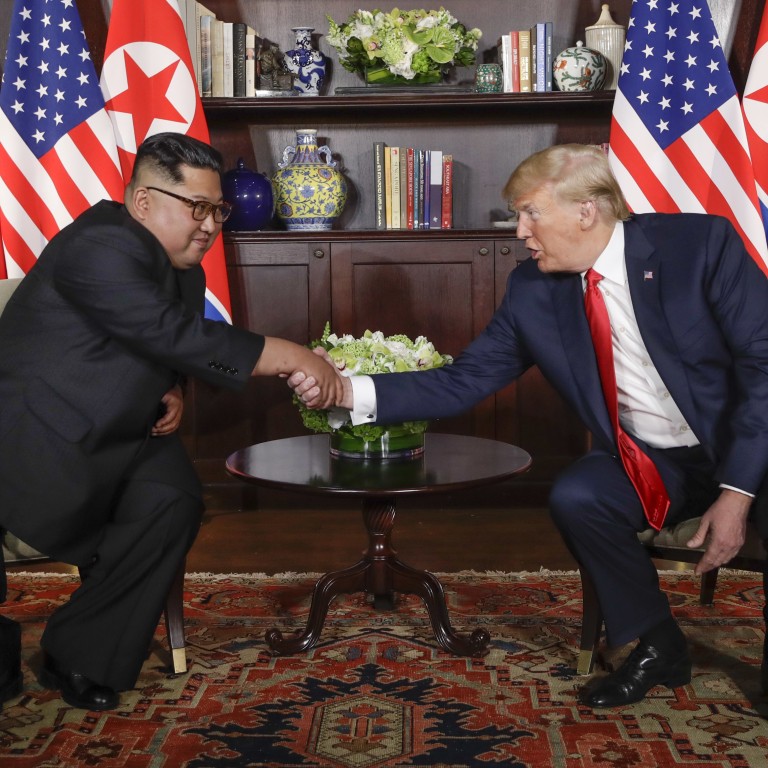
Three moves from Donald Trump’s trade war playbook that would work for North Korea
- Jonathan Jeffrey says the US president should keep his second summit with Kim Jong-un low key, insist North Korea negotiate with Pompeo and his team, and make clear that further diplomacy hinges on incremental steps towards denuclearisation
Additionally, Trump made clear the truce would come to an end in 90 days, underscoring that progress was essential for the detente to continue. These three key aspects of Trump’s Buenos Aires strategy – a low-key initial summit, a demand for lower-level negotiations and a commitment to a clear timeline – can all be replicated in diplomacy with North Korea.
First, just as he met Xi with little fanfare on the sidelines of the G20 summit, to cement a temporary trade truce, Trump can use a second summit with Kim to quietly resuscitate diplomacy with North Korea.
Trump’s critics have rightly questioned his willingness to jump into a second summit after the event in Singapore quickly became a public relations circus that enabled Kim to enhance his credibility with live, wall-to-wall coverage of his handshake with Trump.
But if Trump adopts a less public approach to the next meeting, he can use it to force Pyongyang to make more substantive diplomatic commitments.
Second, similar to how Trump empowered Lighthizer’s team to lead trade talks with China, the president should make clear to Kim that North Korea must deal with Secretary of State Mike Pompeo and his department in all future engagement.
Pompeo’s special representative for North Korea, Stephen Biegun, has even faced challenges scheduling meetings with his North Korean counterparts. Akin to Trump making clear to Beijing that Chinese officials must deal directly with Lighthizer during trade discussions, he should look to empower Pompeo and Biegun, warning Pyongyang that disregarding his team at the State Department is tantamount to abandoning diplomacy.
Third, Trump should clarify that further diplomacy is contingent on incremental and demonstrable steps towards denuclearisation, just as he laid out a clear ultimatum to Xi and has threatened to increase sanctions in March if trade negotiators fail to make progress.

All three of these actions are doable, and Trump’s own course of action on Chinese trade issues prove their success. Of course, if Trump takes this approach, he risks aggravating tense relations with North Korea, which have benefited from the lack of diplomatic coordination.
Just as Beijing cannot afford to disregard the trade framework brokered at the G20, Pyongyang may not be able to ignore Trump’s calls for a more coordinated diplomatic approach.
Jonathan Jeffrey is a political risk consultant and writer based in Washington. In 2017, he was named an inaugural Schwarzman Scholar at Tsinghua University in Beijing. Jeffrey graduated from Harvard College in 2016

